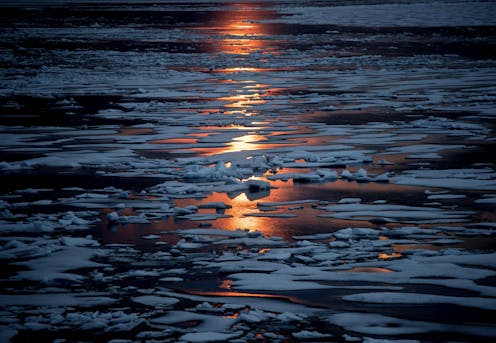The Long Heat, an energy coup, a season of asthma … new Australian cli-fi novel Children of Tomorrow challenges the form but is rife with contradictions
- Written by Meg Brayshaw, John Rowe Lecturer in Australian Literature, University of Sydney

For at least the past decade, writers and critics have been debating the capacity of literary fiction to represent the realities of climate change. Some argue fiction is one of our best tools for reckoning with a world transfigured by anthropogenic warming. Others believe traditional narrative modes are unable to properly engage with the scale of the catastrophe: they are too anthropocentric, too domestic, too local.
Review: Children of Tomorrow - J.R. Burgmann (Upswell)
J.R. Burgmann’s debut novel, Children of Tomorrow[1], nods to the latter argument through its epigraph, a passage from Richard Powers’ The Overstory[2]. Ray, bed-bound after a stroke, chastises himself for indulging in the consolations of fiction:
To be human is to confuse a satisfying story with a meaningful one, and to mistake life for something huge with two legs. No: life is mobilised on a vastly larger scale, and the world is failing precisely because no novel can make the contest for the world seem as compelling as the struggles between a few lost people.
In Children of Tomorrow, Burgmann tests this proposition. At its core is “a few lost people” but their struggles are placed in a narrative that ranges across the 21st century, as the world increasingly loses the contest against climate devastation.
Read more: 'It can be done. It must be done': IPCC delivers definitive report on climate change, and where to now[3]
Burgmann’s academic work concerns the genre often known as “cli-fi”, literature that depicts climate change and crisis. His novel draws from many examples of this mode, name-checking writers Margaret Atwood, James Bradley and Kim Stanley Robinson. The novels of these masters of speculative climate fiction are by mid-century regarded by one character as “old realisms no one heeded”.














